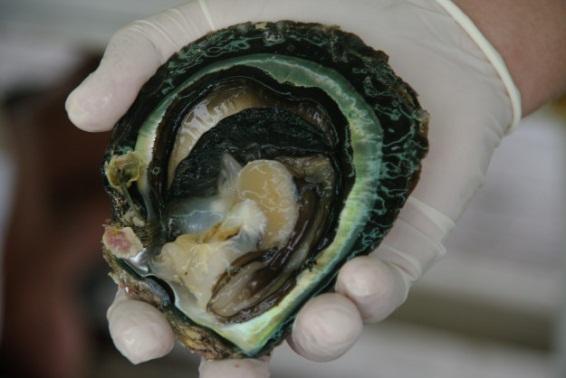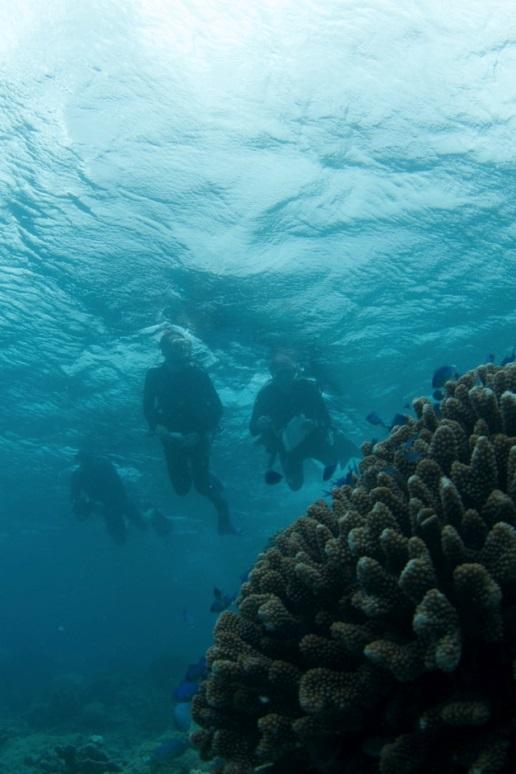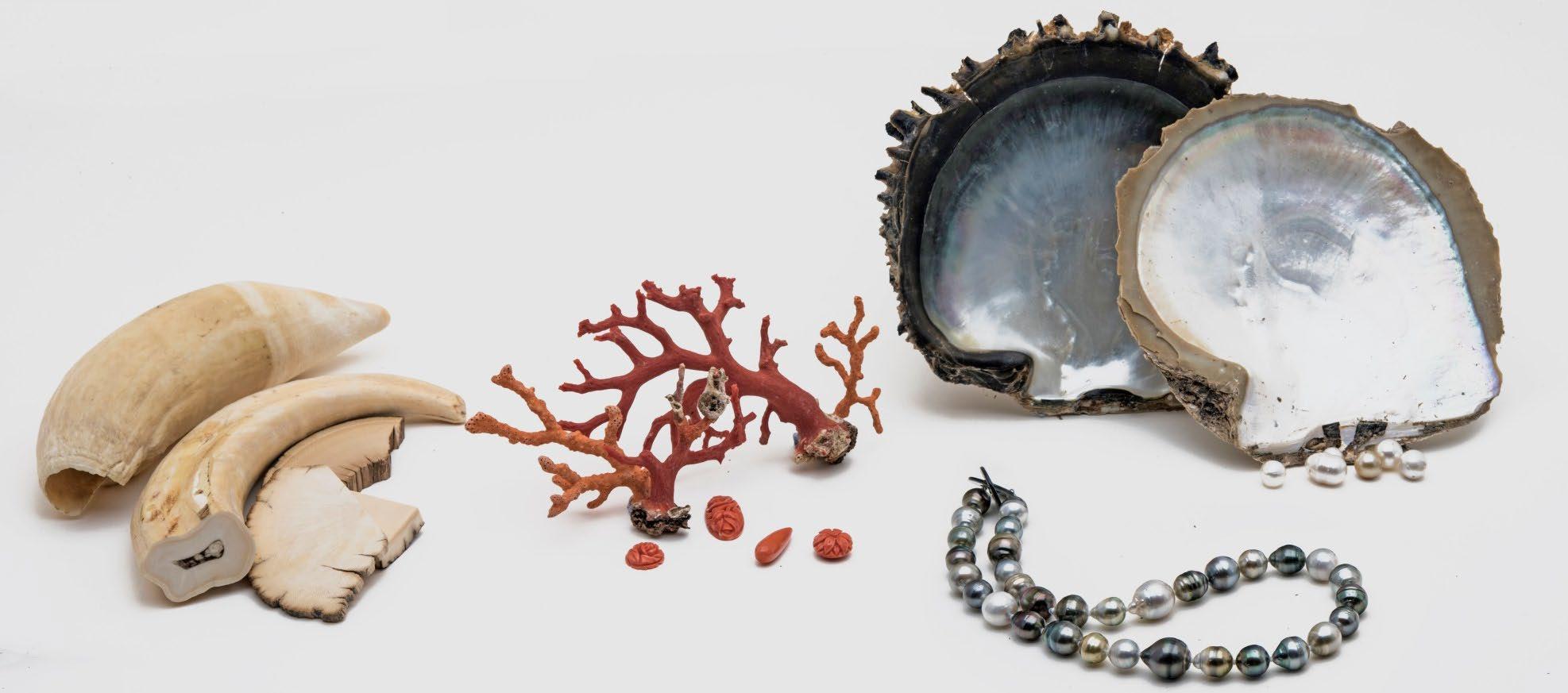
IGC, NANTES | AUGUST, 2019


IGC, NANTES | AUGUST, 2019
Presentation by Dr. Laurent E. Cartier FGA with B. Lendvay, N. Morf, M.S. Krzemnicki, J.B. Meyer

• Is there oyster DNA in a pearl?
• Could this DNA be used to conclusively identify the species of a pearl?
• If it’s possible for pearls, is it also possible to find DNA in precious coral and ivory for species identification?
• Can a non-destructive method be developed to test samples?
• Validation of methods

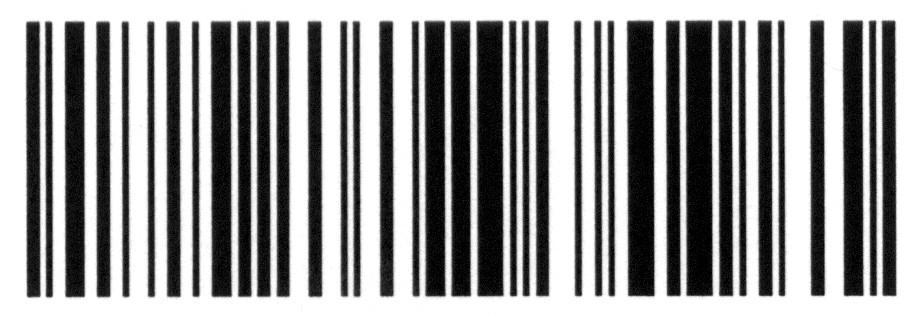

• Deoxyribonucleic acid (DNA): Contains all the information an organism needs to develop, live and reproduce. It is formed by the four nucleobases (or ‘bases’) adenine (A), cytosine (C), guanine (G) and thymidine (T). The order of the bases (e.g. ATCGGTT…) codifies the specific instructions for any living organism.
• Genome: An organism’s full set of DNA, including all of its genes.

The nacreous part of a pearl consists of approximately 92% CaCO3, 4% organic matter (OM), 4% water and minute amounts of residual substances (Taylor & Strack, 2008).
The OM (consisting mostly of conchioline and porphyrines), which is also secreted by the pearl sac, serves as a framework for the CaCO3 matrix during the biomineralization process. OM can also be found in concentrated pockets.
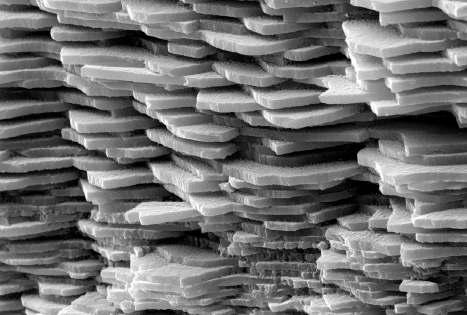
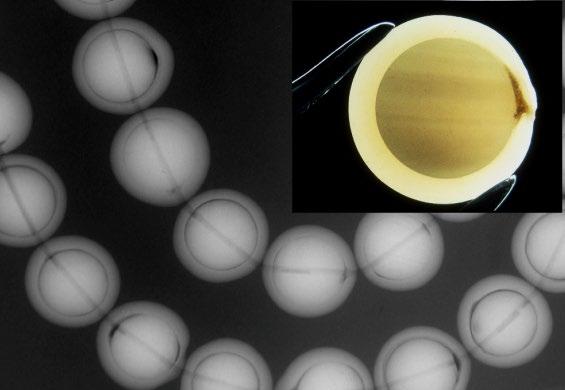


Quasi non-destructive
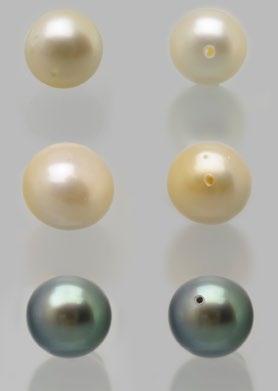

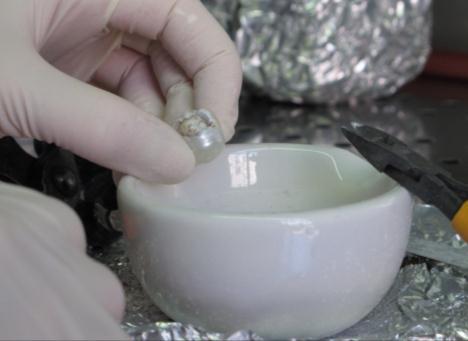
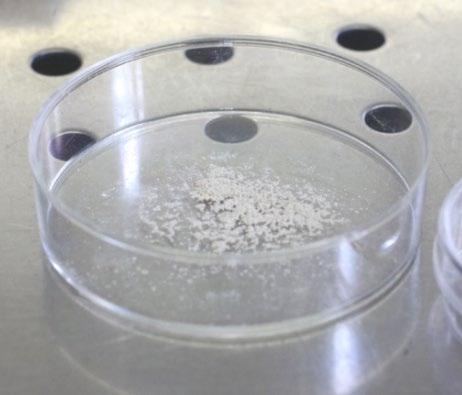
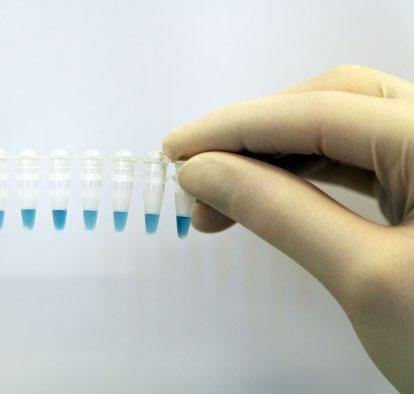

• The negatively charged DNA molecule is known to have a high affinity for the Ca2+ ion of CaCO3, which might enhance its conservation in pearls and corals.
• EDTA (0.5M pH=8, overnight 56°C) used to liberate DNA from CaCO3 matrix.
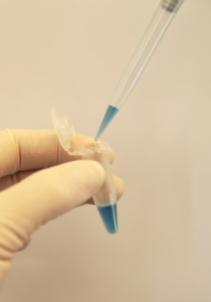
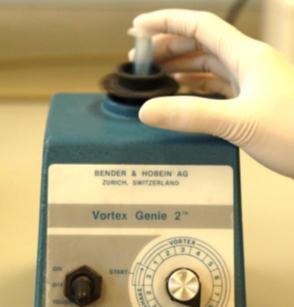
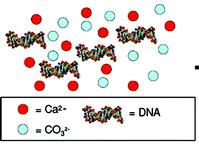

• Kit needed to concentrate DNA from recovered sample powder.
• Having positive and negative controls is critical.
• Depending on the species that needs to be identified different protocols are possible and different markers in different molecular markers in the genome are targeted (e.g. ITS2, 16S, Cox1, Cox2).
•
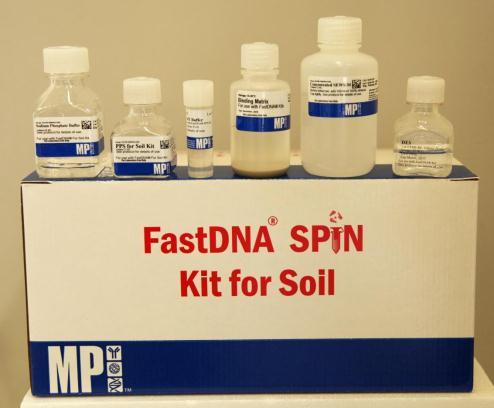


• DNA amplification involves using short DNA sequences (primers) to select the portion of a genome for amplification. In PCR, sample temperature is repeatedly increased and decreased to help a DNA replication enzyme synthesise the target DNA sequence.
• PCR can produce thousands to millions of copies of the target sequence in several hours, which can then be analysed using visual inspection (e.g. gel electrophoresis) or they may be read through sequencing.
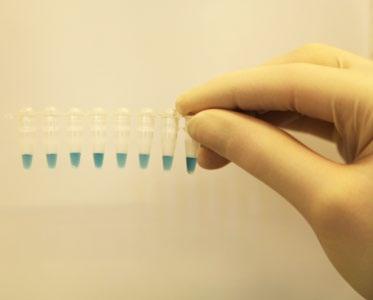

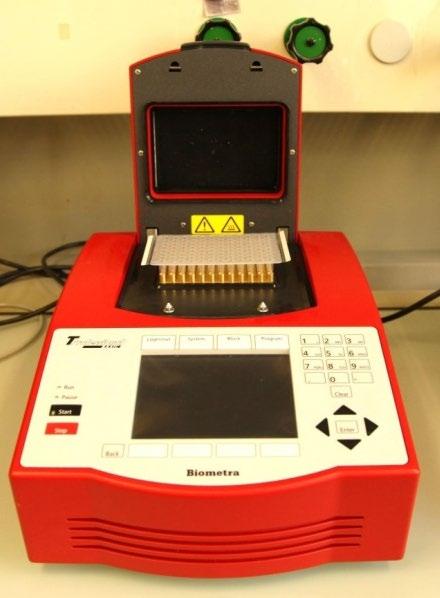
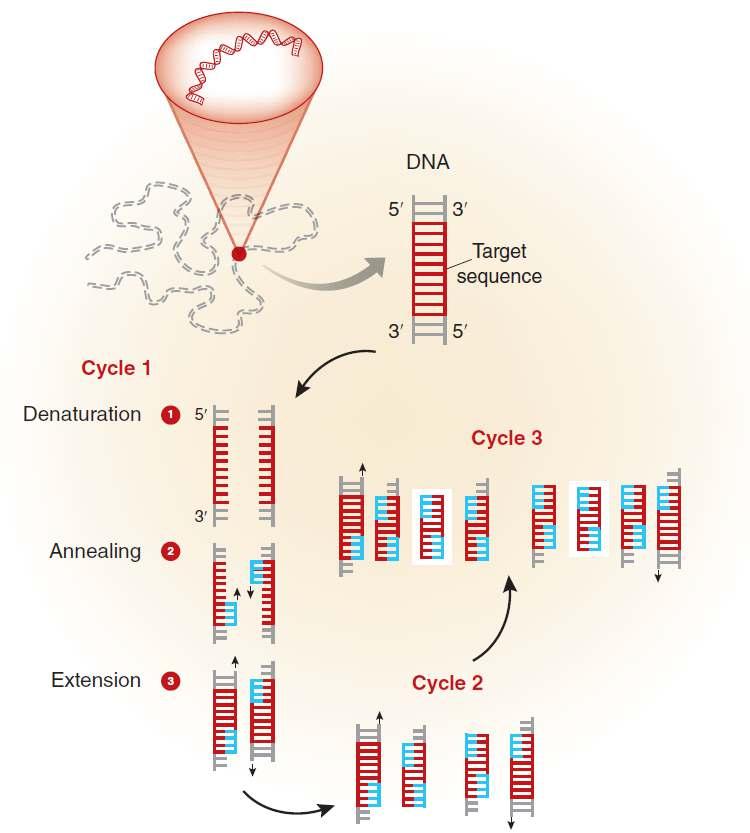
Source: Garibyan and Avashia, 2013
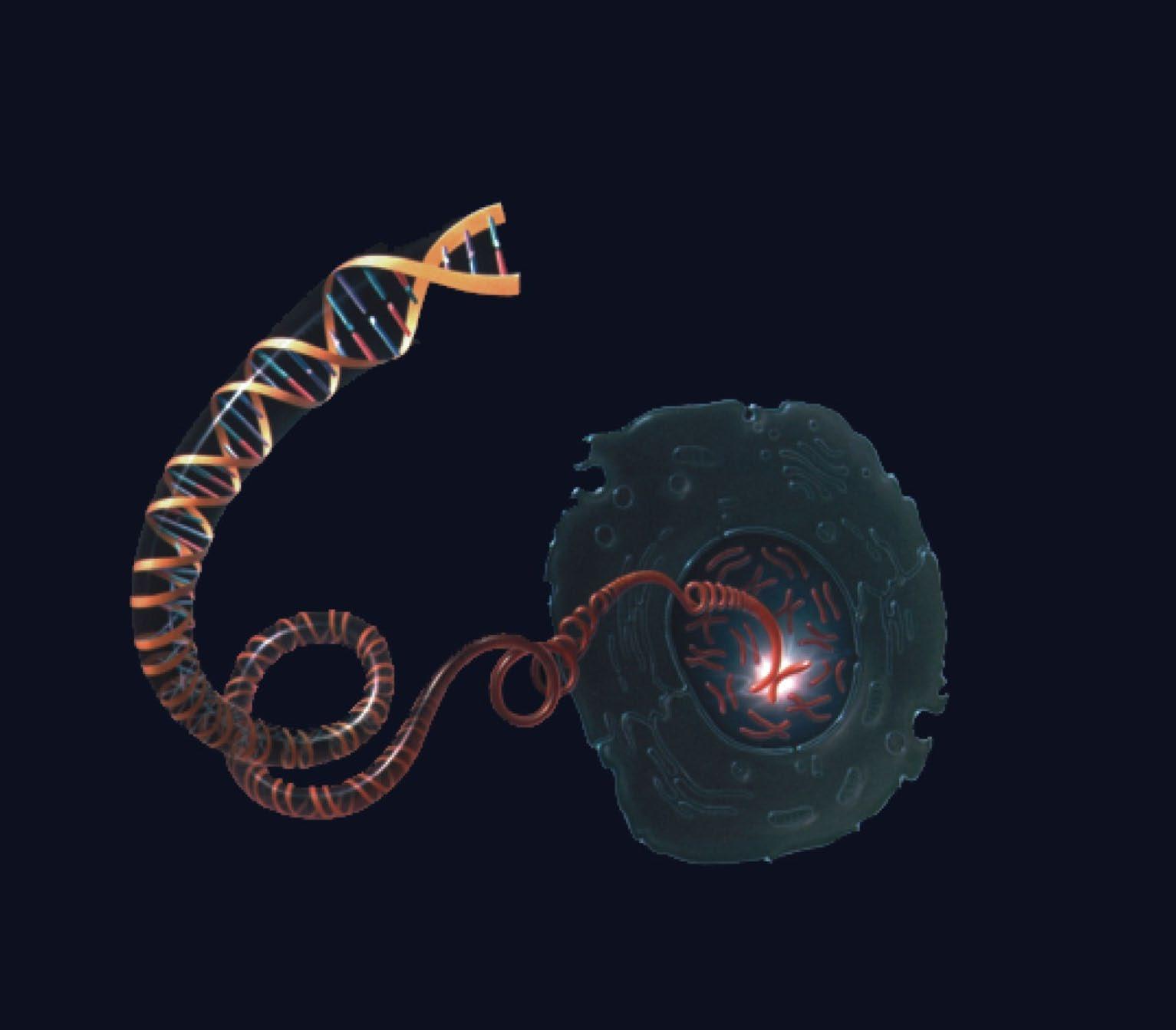



P.maxima

571 bp
589-90 bp
575 bp

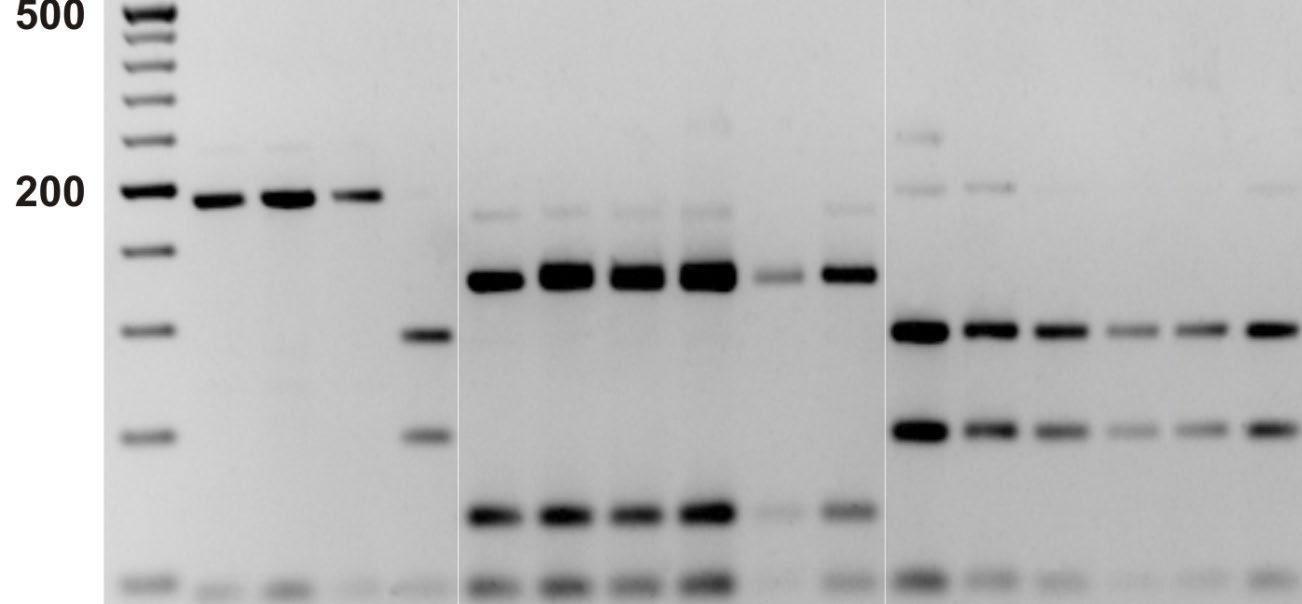

RFLP: The resulting restriction fragments are separated by enzymes according to their length by gel electrophoresis. The length (in base pairs) can differ between individuals and species such that the positions of gel bands can be used to separate samples from different species.
• Example of one cultured pearls that were submitted as Pinctadamaxima(South Sea) samples and turned out to be Pinctadamargaritifera after DNA analysis.
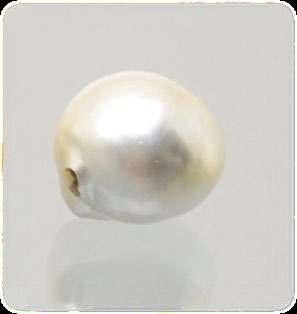


• 2013 study (Meyer et al. published in PlosOne) by SSEF and ETHZ showed that DNA could be extracted from pearls from the following species:
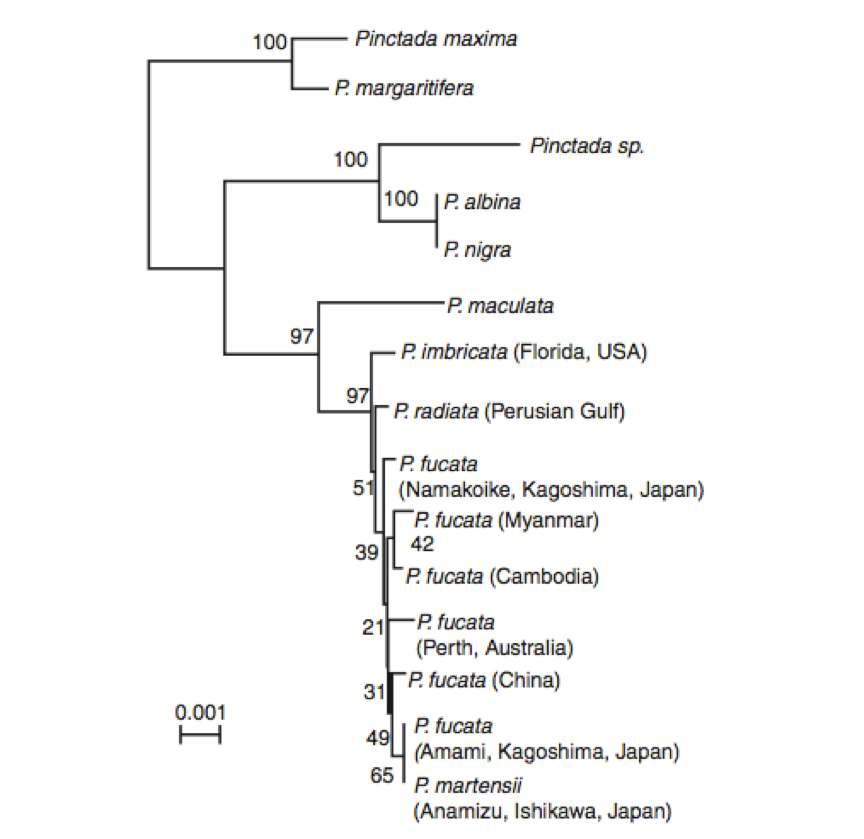
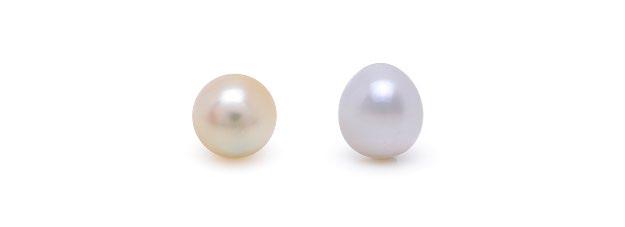
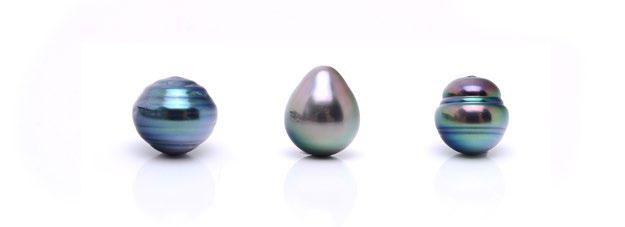
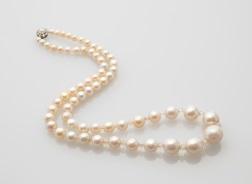
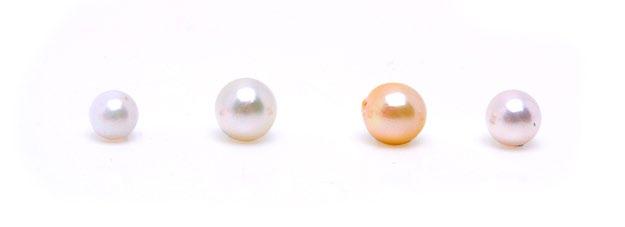

• If DNA can be found in pearls, can we also find it in corals?


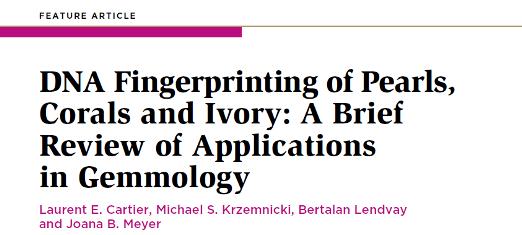
Source: Wasser et al. (2004)
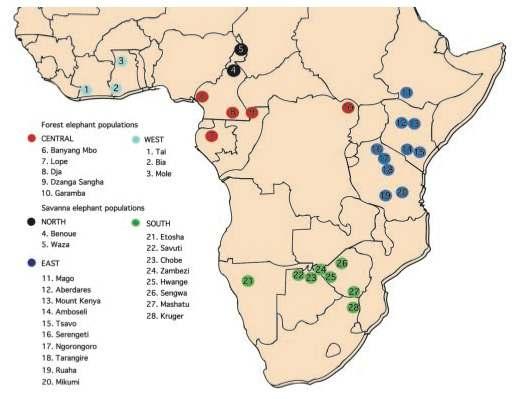

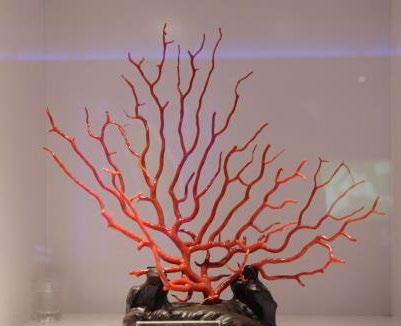
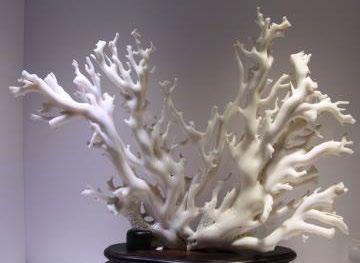
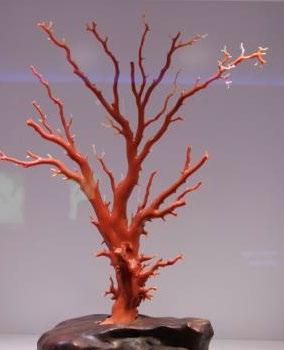
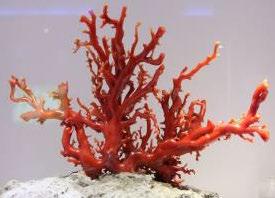
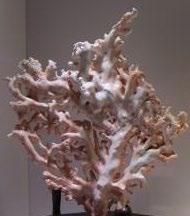

Brought during Edo Period (1603-1868) to Japan from Italy. Until 1812 only source of precious coral worldwide

Precious corals consists of 8 main species used in the jewellery industry:
• Coralliumrubrum(Mediterranean/ Sardinian coral)
• Coralliumjaponicum(including oxblood coral)
• Pleurocoralliumelatius(including angel skin coral)
• Pleurocoralliumkonojoi(white coral)


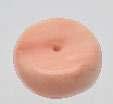

• Pleurocoralliumsecundum(including Midway coral)
• Hemicoralliumregale

• Hemicoralliumlaauense

• Hemicoralliumsulcatum

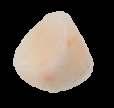
: CITES Appendix III listing (species included at the request of a country which then needs the cooperation of other countries to help prevent illegal exploitation).

Eugenius Johann Christoph Esper, published Pflanzentiere in Nuremberg in 1791.
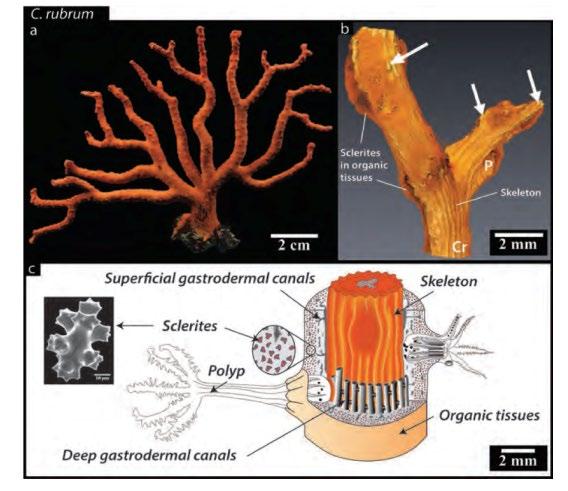
Source: Perrin et al., 2015
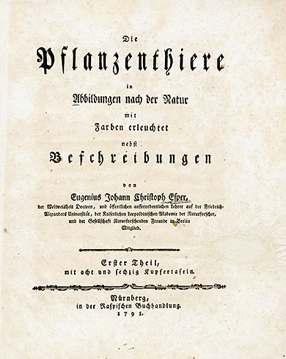

• Sample CB009. From Coralliumjaponicum
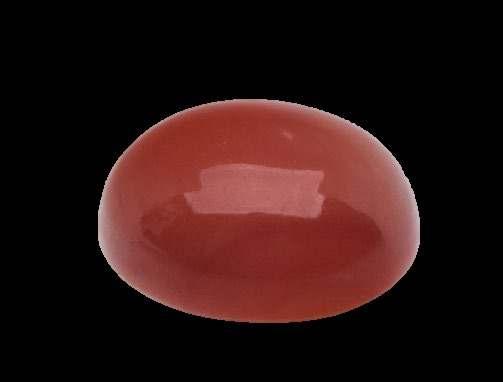
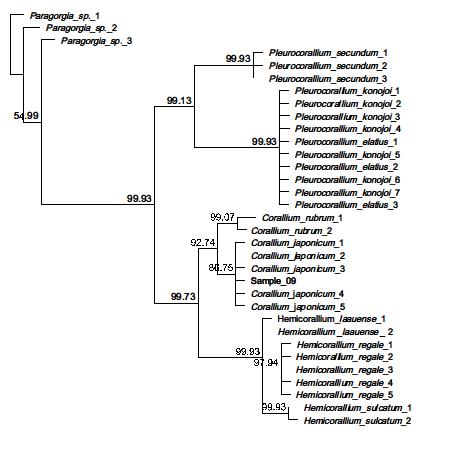

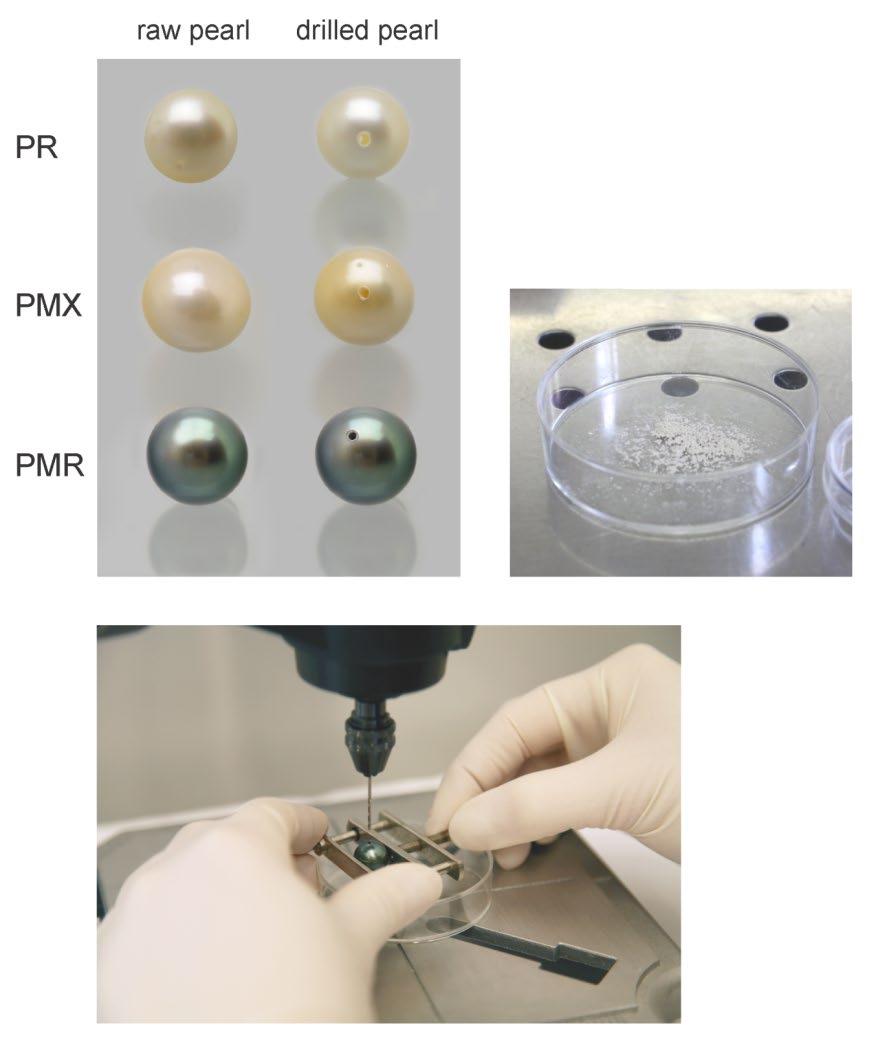
• For recent coral DNA fingerprinting work we were able to extract DNA successfully with as low as 2mg sample material.

Coral material removed from backside of cabochon.
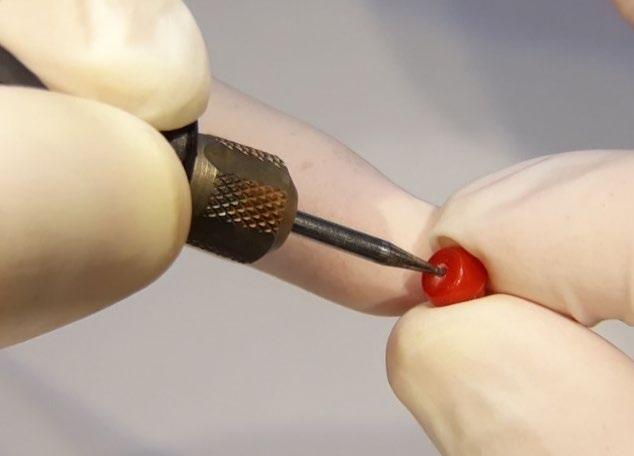

Drill hole enlarged on coral bead for sample extraction.

• Ivory is any mammalian tooth or tusk of commercial interest which is large enough to be carved.
• African (Loxodontaafricana) and Asian elephants (Elephasmaximus), along with their fossil relatives (e.g. Mammuthussp.) belong to the mamallian order Proboscidea.
• How to distinguish between these species?
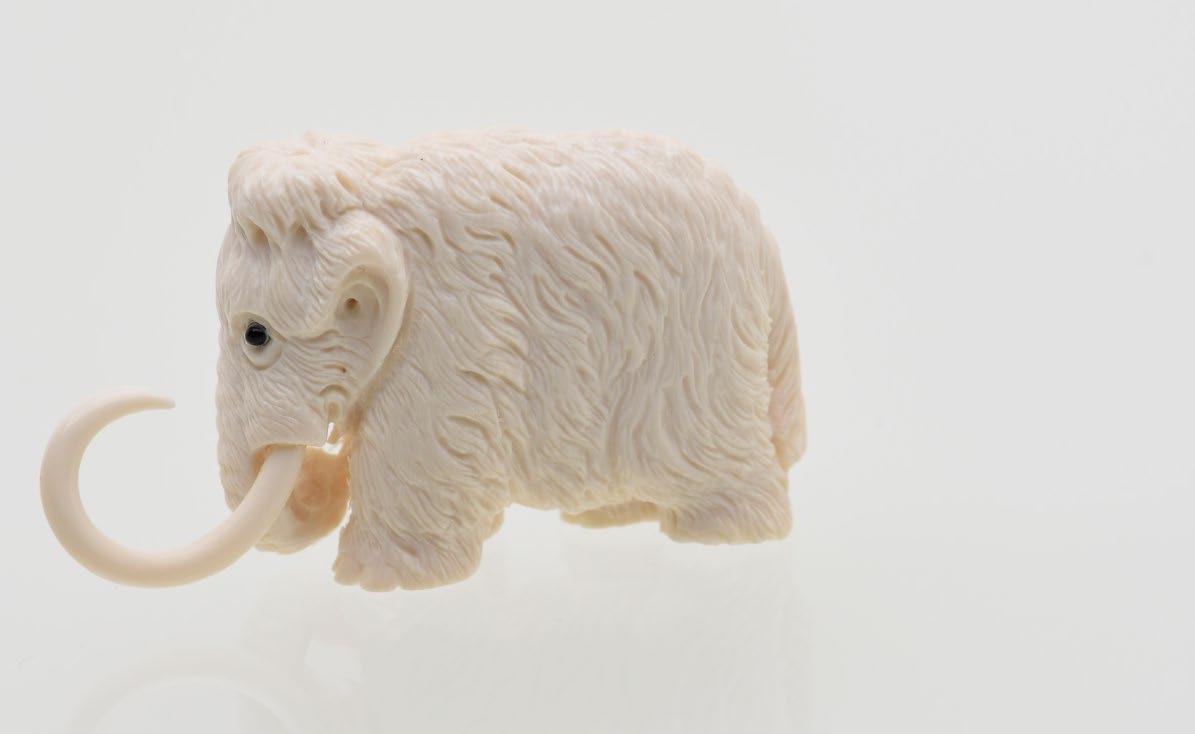

• If Schreger angles cannot be correctly oriented (i.e. Relative to cementum) or cannot be seen then species identification is challenging.
• DNA fingerprinting of samples is possible using cytochrom b region.
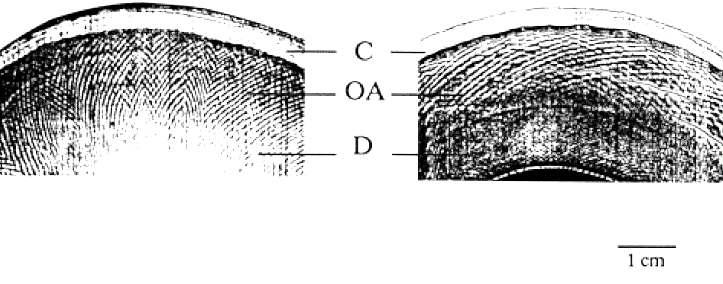
Source: Espinosa & Mann (2000)


• Origin determination and documentation of natural & cultured pearls using sequencing, microsatellites and NGS.
• Understanding donor-host interaction in cultured pearl production, and bacterial influence.
• Species identification of ivory and corals to support CITES work and gemmological documentation. .
